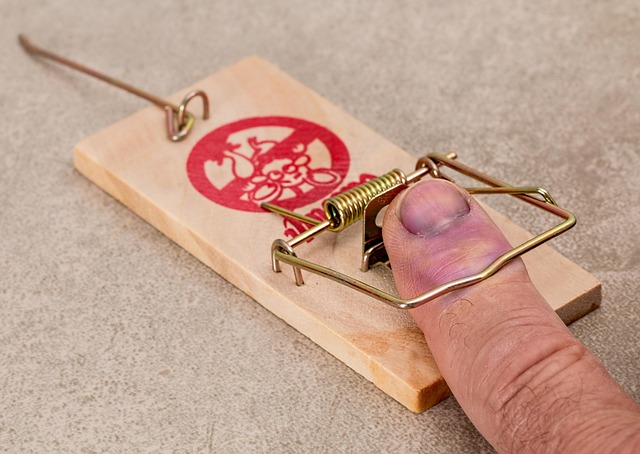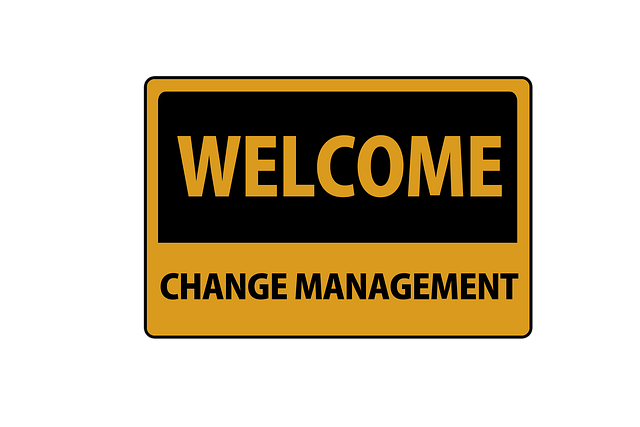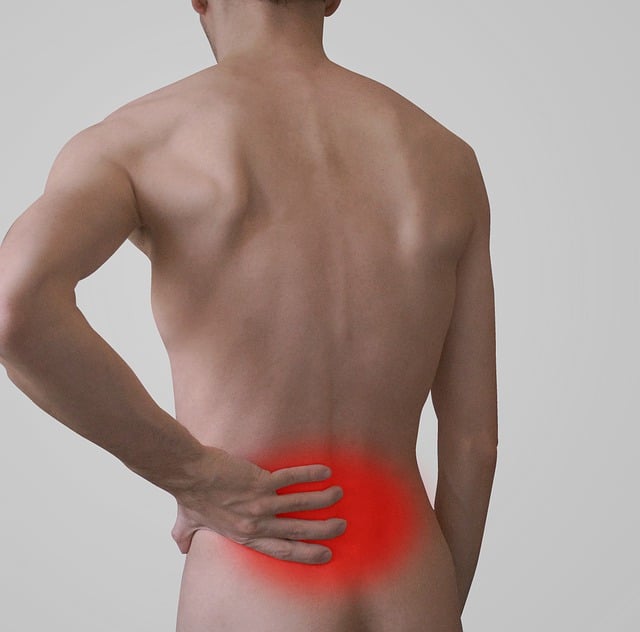Joint and muscle pain, caused by injuries, inflammation, or chronic conditions, is effectively managed through a multi-faceted approach including physical therapy, medication, and cutting-edge techniques like tissue regeneration therapies (stem cells, PRP). The ultimate goal is to stimulate tissue repair, reduce inflammation, and restore joint function for improved quality of life. Non-invasive treatments like ESWT and Physical Therapy offer holistic solutions. Lifestyle modifications, including exercise, diet, weight management, and stress reduction, are crucial for long-term joint health and tissue regeneration.
Joint and muscle pain is a prevalent issue, affecting individuals of all ages. Understanding its complex nature is key to effective management. This article delves into various aspects of targeted treatments, exploring causes and types of such pain, and highlighting innovative solutions like tissue regeneration. We discuss non-invasive approaches, cutting-edge therapies including stem cells and platelet-rich plasma (PRP), as well as lifestyle modifications for long-term joint health. By harnessing these methods, individuals can experience significant relief and improved mobility.
- Understanding Joint and Muscle Pain: Causes and Types
- The Role of Tissue Regeneration in Treating Chronic Pain
- Non-Invasive Approaches for Targeted Pain Relief
- Advanced Therapies: Exploring Stem Cells and PRP
- Lifestyle Modifications for Long-Term Joint Health
Understanding Joint and Muscle Pain: Causes and Types

Joint and muscle pain is a widespread issue affecting people of all ages, with various potential causes and types. This discomfort can range from mild irritations to severe limitations in mobility. Understanding the underlying mechanisms is crucial for effective treatment.
Muscle strain, injuries, or inflammation often lead to acute pain, while chronic conditions like arthritis, fibromyalgia, and tendonitis result in persistent aches. In many cases, targeted treatments aim to stimulate tissue regeneration, reduce inflammation, and improve overall joint function. These may include physical therapy, medication, and innovative approaches such as platelet-rich plasma (PRP) therapy, all working towards alleviating symptoms and enhancing quality of life for patients suffering from joint and muscle pain.
The Role of Tissue Regeneration in Treating Chronic Pain

Chronic joint and muscle pain, often a result of injuries, inflammation, or degenerative conditions, poses significant challenges for patients worldwide. Traditional treatments typically focus on managing symptoms through medications and physical therapy. However, recent advancements in medical science have shed light on tissue regeneration as a promising approach to address this complex issue.
Tissue regeneration involves stimulating the body’s natural healing processes to repair or replace damaged joint and muscle tissues. This method goes beyond symptom relief by targeting the root cause of pain. By promoting the growth and restoration of healthy cells, tissue regeneration offers a potentially long-lasting solution. Technologies such as stem cell therapy, platelet-rich plasma (PRP), and advanced biostimulants are at the forefront of this revolution, providing patients with new hope for reduced pain and improved mobility.
Non-Invasive Approaches for Targeted Pain Relief

Non-invasive approaches offer a promising path for achieving targeted pain relief, especially in managing joint and muscle ailments. These methods focus on promoting natural healing processes within the body, rather than invasive procedures or medications. One such innovative technique is Extra Corporeal Shockwave Therapy (ESWT), which uses acoustic waves to stimulate tissue regeneration and reduce inflammation. This non-surgical treatment has shown remarkable results in treating chronic muscle and joint pain, including conditions like tendinopathy and fasciitis.
Another powerful tool is Physical Therapy, tailored to enhance mobility, strengthen muscles, and reduce pain. Experts in this field employ various techniques, such as specialized exercises, manual therapy, and heat/cold therapy, to target specific areas of discomfort. By promoting tissue regeneration and improving overall function, these non-invasive approaches provide a holistic solution for individuals seeking long-lasting relief from joint and muscle pain.
Advanced Therapies: Exploring Stem Cells and PRP

Advanced therapies like stem cells and Platelet-Rich Plasma (PRP) offer promising avenues for joint and muscle pain relief, focusing on the remarkable potential for tissue regeneration. These innovative treatments harness the body’s own healing mechanisms by utilizing specialized cells to accelerate repair and rebuild damaged tissues.
Stem cells, with their versatility, can differentiate into various types of cells necessary for healing, while PRP, rich in growth factors, stimulates the body’s natural inflammatory response, fostering an environment conducive to tissue regeneration. This cutting-edge approach has shown significant potential in treating conditions like tendon injuries, muscle strains, and osteoarthritis, providing a glimmer of hope for improved mobility and pain management without relying heavily on traditional pharmaceuticals or invasive surgeries.
Lifestyle Modifications for Long-Term Joint Health

Lifestyle modifications play a pivotal role in fostering long-term joint health and promoting natural tissue regeneration. Activities like regular exercise, with an emphasis on low-impact movements, help strengthen muscles surrounding joints, enhancing stability and reducing strain. A balanced diet rich in anti-inflammatory foods, such as omega-3 fatty acids found in fish, can significantly alleviate joint pain and inflammation over time. Additionally, maintaining a healthy weight reduces the load on joints, easing pressure and minimizing the risk of further damage.
Adequate rest and proper sleep hygiene are essential for tissue regeneration. During sleep, the body releases growth hormones that aid in repairing and rejuvenating tissues. Avoiding excessive physical activity and ensuring adequate recovery time between workouts allows for optimal joint health. Incorporating stress management techniques, such as meditation or yoga, can also benefit joint well-being by reducing muscle tension and promoting overall relaxation.
Joint and muscle pain can significantly impact one’s quality of life, but understanding the causes and available treatments is empowering. The article has explored various strategies, from non-invasive techniques like targeted physical therapy and advanced therapies such as stem cell and platelet-rich plasma (PRP) treatments, to lifestyle modifications for long-term joint health. Among these, tissue regeneration stands out as a promising approach, offering effective relief for chronic pain conditions. By combining these treatment modalities, individuals can find tailored solutions for their joint and muscle ailments, potentially reversing the course of pain and enhancing overall well-being.
